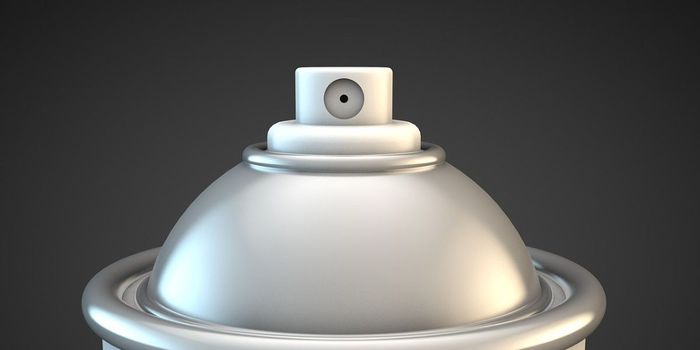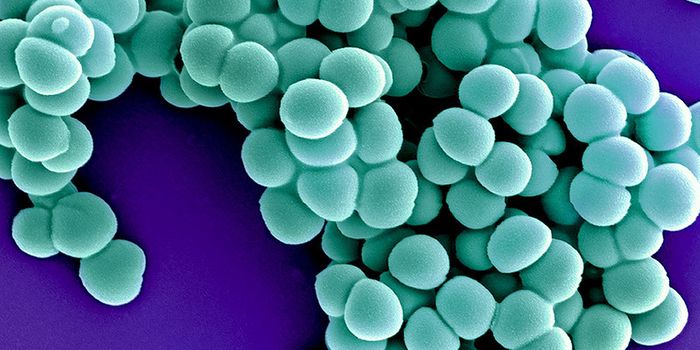What do alpacas have that we don’t? Single-domain antibody fragments. Other camelids have them as well, and there are ways to get them from humans, but new research from the Whitehead Institute for Biomedical Research uses alpaca-derived single-domain antibody fragments to pinpoint weaknesses of viral proteins to protect humans from infection.
Existing as either VHH fragments or nanobodies, single-domain antibody fragments were chosen for the ability to disrupt cellular process during viral infections in human hosts. In this study, researchers looked at influenza A virus (IAV) and vesicular stomatitis virus (VSV).
What are individual proteins doing during their infection? If scientists can answer this question and understand viral protein function as specifically as possible, drugs can then be developed to inhibit that function as specifically as possible. The screening strategy developed by the scientists in the current study use alpaca-derived, single-domain antibody fragments to illustrate viral protein function in colorful detail.
They started with nanobodies specifically developed to target either IAV or VSV by injecting alpacas with inactivated viruses. The next step was to amplify millions of DNA sequences isolated from the alpacas and insert the amplified DNA product into lentiviruses, which were then able to express VHH fragments after being inserted into the cytosol of human cells. Next came the moment of truth: infect human cells with IAV or VSV and see if they survive.
What would it take for human cells to survive the induced infection? Expression of a VHH that disrupted viral replication. In theory, the screening process would help the researchers select which single-domain antibody fragments developed the ability to protect the cells from either viral infection. And they did see success: 260 host cells out of millions inserted with VHH-expressing lentiviruses contained nanobodies that protected the cells against one of the viruses and reduced viral infection by more than 80 percent.
For each of the 260 host cells who survived, scientists could learn something from how they were protected by their VHH-expressing lentivirus. For anti-IAV VHHs, it was a direct attack on a piece of the viral machinery called viral nucleotide NP. For anti-VSV VHHs, it was the attack on viral nucleocapsid N.
Hidde Ploegh, PhD, with the Whitehead Institute for Biomedical Research calls the newly-published screening technology an “important addition to the toolbox of the molecular biologist.” Indeed, downsides of past approaches to inhibit protein function include the possibility of genetic changes causing unwarranted phenotypes, and the roadblock of only 15 percent of proteins being vulnerable to small molecules.
The benefits of this new approach continue. “You don’t tinker with the host’s protein structure or the genetic makeup of the cell you wish to study, but rather you add a highly specific perturbant,” Ploegh explained.
The new technology could have even more potential applications outside the realm of host protection from viral infection, with becoming “a very rapid way of identifying inhibitors of essentially any biological process" in its future.
This study was recently published in
Nature Microbiology.
Sources:
Whitehead Institute for Biomedical Research,
Veterinarni Medicina









